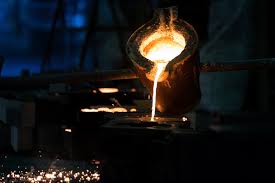
Process /
We use cookies to improve your browsing experience, but also to analyze our traffic. By clicking “Accept All”, you consent to our use of cookies.
We use cookies to help you navigate efficiently and perform certain features. You will find detailed information about all cookies under each consent category below.
We also use third-party cookies that help us analyze how you use this website. These cookies will only be stored in your browser with your prior consent.
You can choose to enable or disable some or all of these cookies, but disabling some of them may affect your browsing experience.

